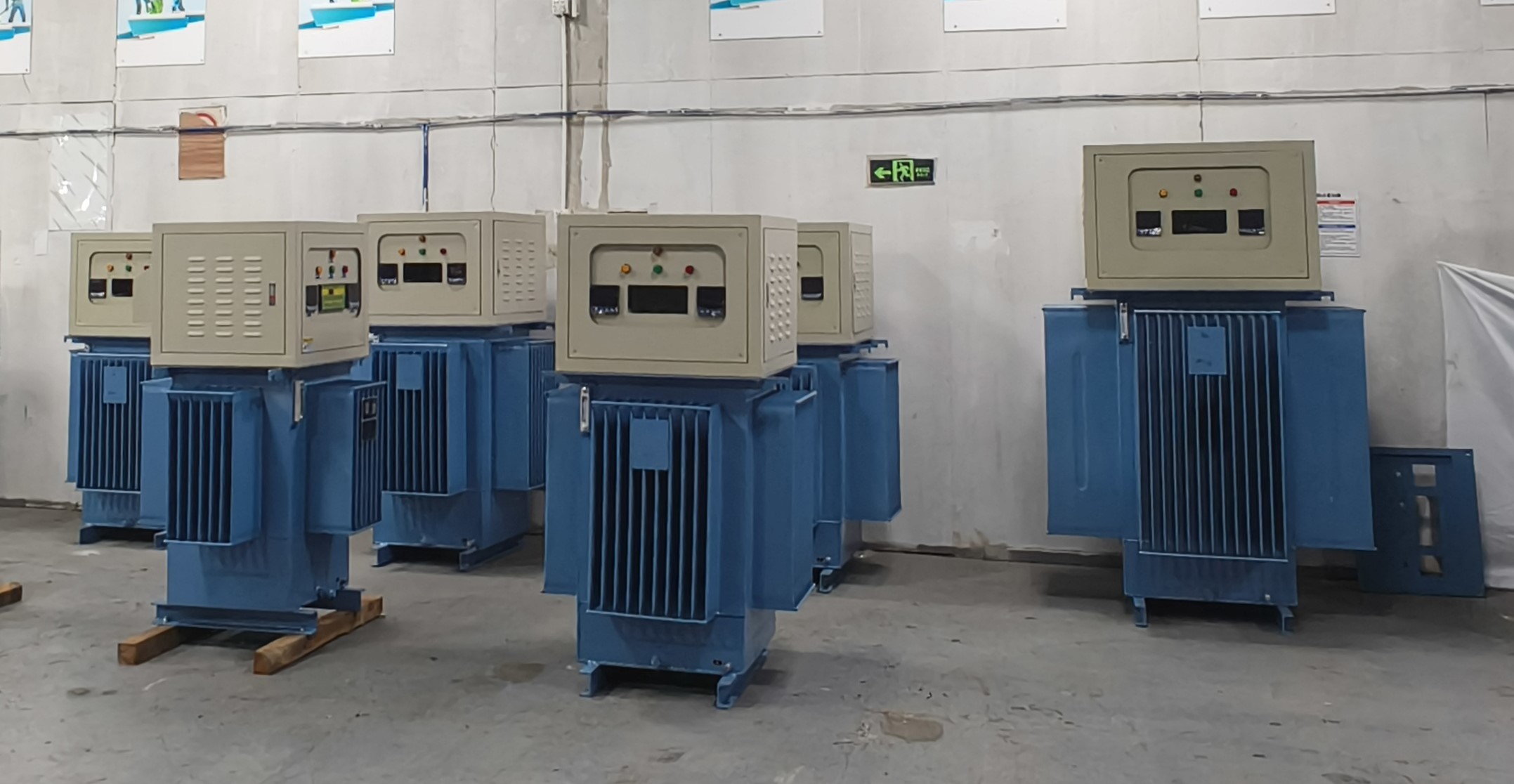A voltage regulator is an electronic component or circuit that maintains the power supply voltage at a stable value. Voltage regulators are often used to keep the power supply voltage of electronic devices stable to ensure that they can work properly. So, do you understand its characteristics and how to use it?
Characteristics of voltage regulators
Stable output voltage: The main function of a voltage regulator is to output a stable voltage that remains unchanged regardless of changes in the input voltage.
Protect the load: A voltage regulator can protect the load because it can avoid overvoltage and overcurrent.
High accuracy: The output voltage accuracy of the voltage regulator is usually very high, and the error is generally within 1%.
Fast response speed: The voltage regulator can respond quickly to changes in the input voltage, so that the output voltage can return to stability in a very short time.
Ability to adapt to different loads: The voltage regulator can adapt to different load currents because it can automatically adjust the output voltage according to changes in the load current.
Low noise: Voltage regulators usually have low noise characteristics because they can eliminate voltage fluctuations and interference on the power line.
High efficiency: The efficiency of voltage regulators is usually high because they can convert excess voltage into heat to keep the output voltage stable.
Easy to use: Voltage regulatorare usually easy to use because they only need to connect the input and output circuits, without adjustment or calibration.

Basic operation methods of voltage regulators
Confirm the type and parameters of the voltage regulator: Before using the voltage regulator, you need to understand the type and parameters of the voltage regulator. Common types of voltage regulator include linear regulators and switching regulators. Different types of voltage regulator have different characteristics and application scenarios. In addition, it is necessary to confirm the rated input voltage and output voltage of the voltageregulator, as well as parameters such as the maximum output current.
Connect the input and output circuits: Connect the positive pole of the input circuit to the input terminal of the voltage regulator, and the negative pole to the ground terminal of the voltage regulator; connect the positive pole of the output circuit to the output terminal of the voltage regulator, and the negative pole is also connected to the ground terminal of the voltage regulator. It should be noted that the power supply of the input circuit and the output circuit must be separated, otherwise the voltage regulator may be damaged.
Turn on the power: Turn on the input power supply and the voltage regulator will start working. If the input voltage is stable within the working voltage range of the voltage regulator, the output voltage will also remain stable. If the input voltage changes, the voltage regulator will automatically adjust the output voltage to keep the output voltage stable.
Monitor output voltage: When using a voltage regulator, you need to constantly monitor the output voltage to ensure that it is stable. If the output voltage exceeds the rated range of the voltage regulator, it may cause damage to the circuit and timely measures need to be taken.
Turn off the power supply: After using the voltage regulator, the input power supply should be turned off to avoid long-term no-load operation, thereby extending the service life of the voltage regulator.
In short, the operation method of the voltage regulator is relatively simple, but in actual application, you need to pay attention to its parameters and working environment to ensure its normal operation and protect the circuit.







